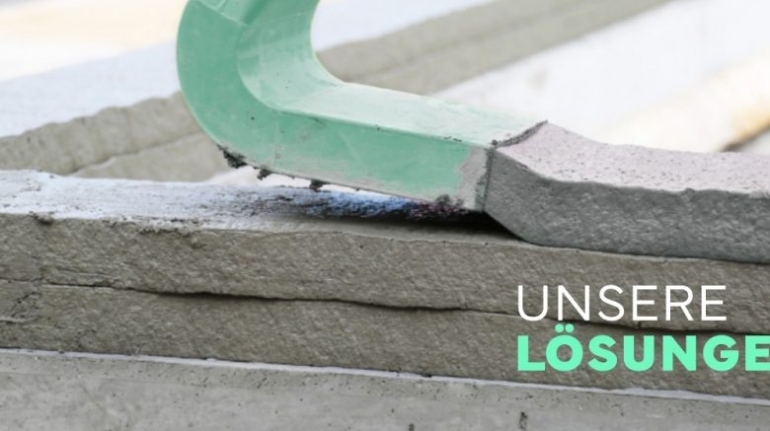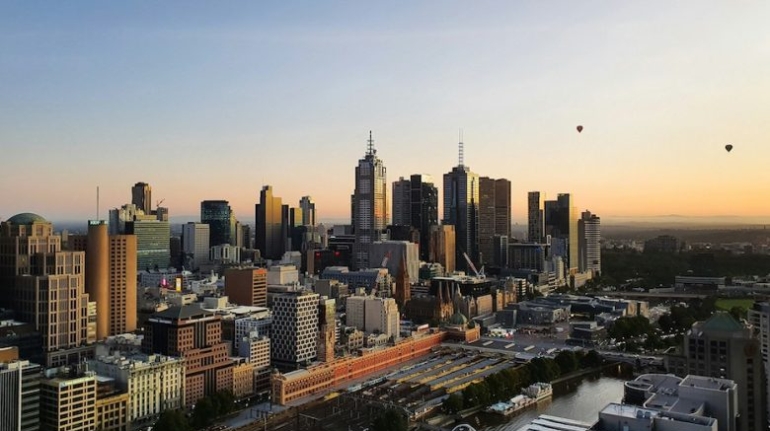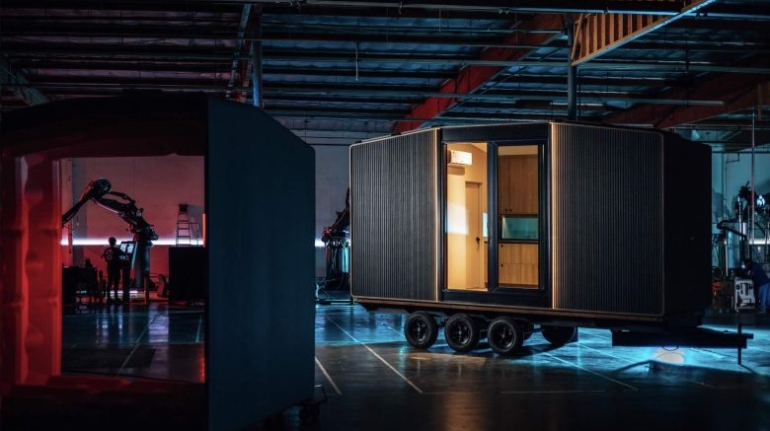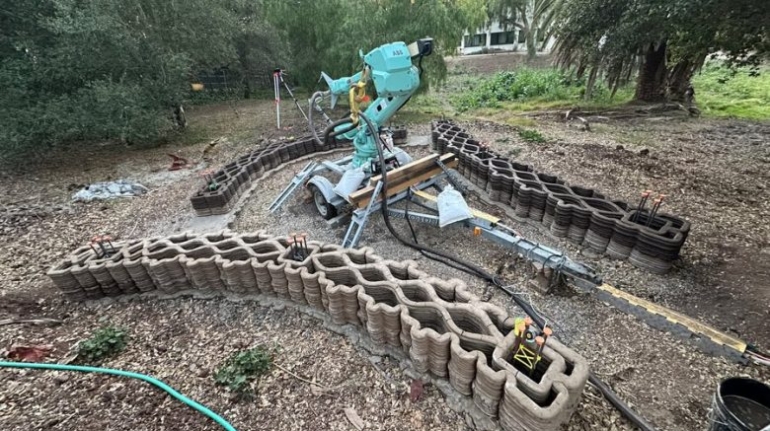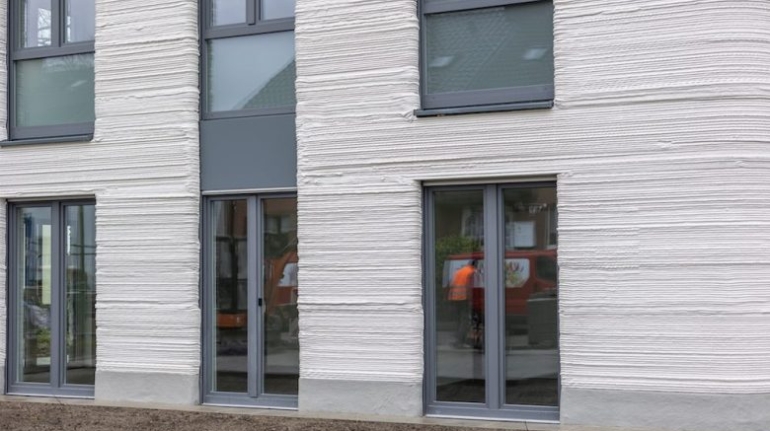ICON to 3D print a dozen two-story residential homes in Texas Construction 3D Printing
ICON, one of the leading construction 3D printing companies, has partnered with the architecture firm Michael Hsu Office of Architecture and the developer Catellus to 3D print a dozen two-story residential homes in the Mueller community in Austin, Texas. Additionally, a selection of one-bedroom homes will also be coming soon within the Mueller Affordable Homes Program.

